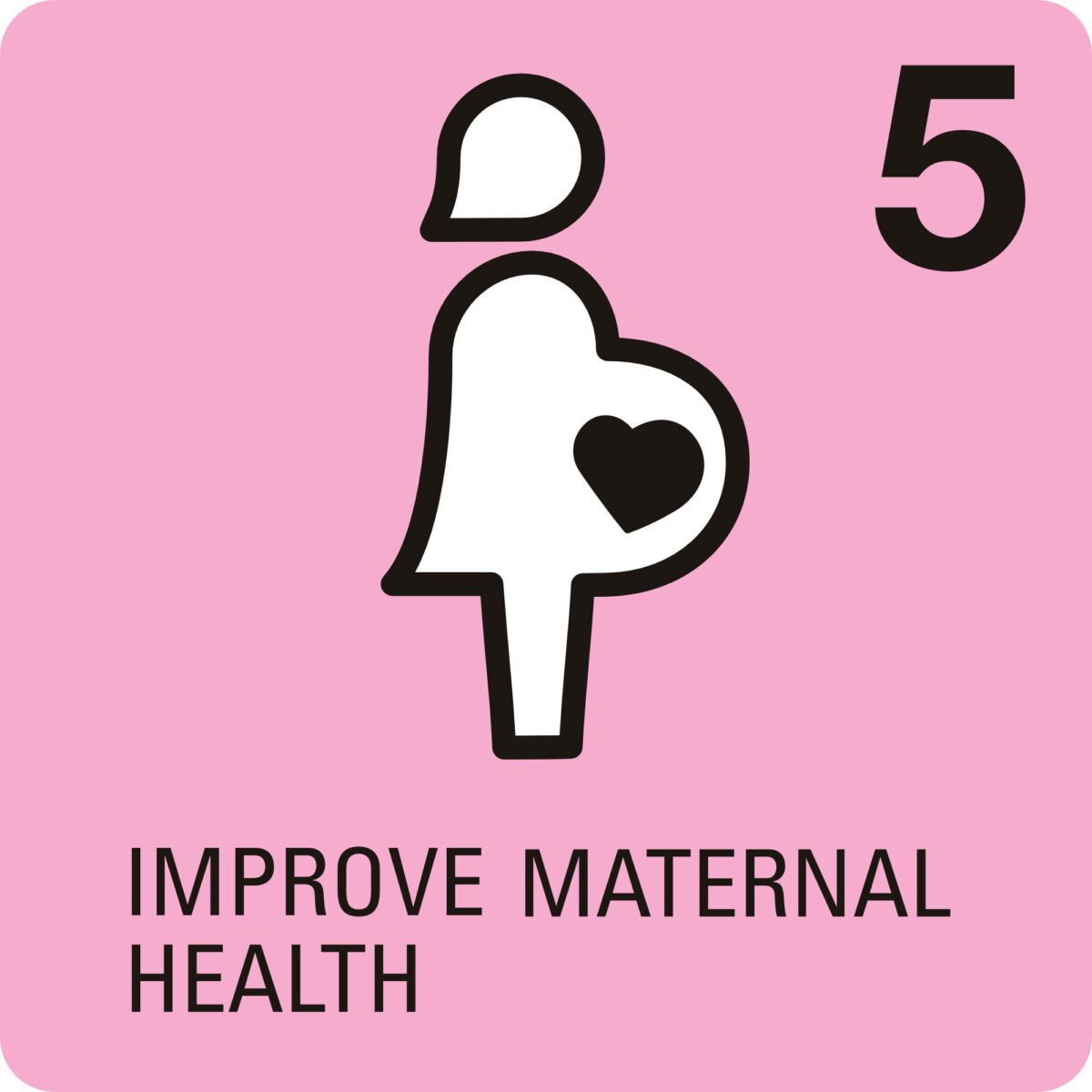Main content
During her first pregnancy, Sabita D, 18 years old, received 3 antenatal check ups. Her family decided that she would deliver at home with a traditional birth attendant; delivering in the hospital would be too expensive. During labour, she was in severe pain and the TBA referred her to the hospital. Arriving at the Deoghar district hospital, she was refused because of unavailability of blood. Then they took her to a private hospital, but there were no beds available. Finally another private hospital agreed to admit her, the doctor mentioned that she needed an operation and asked the family for money. It took a few hours to arrange the money, and when the family wanted to deposit it, they found that Sabita had already died while waiting for her treatment.


Introduction
The fifth Millennium Development Goal (MDG 5) aims to reduce the maternal mortality ratio (MMR) by three-quarters between 1990 and 2015. Maternal deaths are defined as the number of women who die during pregnancy or within 42 days of the termination of pregnancy. However, accurate information on MMR is missing; even in countries with adequate civil registration systems, special studies have revealed that about 50 per cent of maternal deaths go unreported due to misclassifications. Simavi is a Dutch NGO that supports community health care initiatives. The organization promotes community based maternal death audit, also called verbal autopsies, as a tool to prevent similar future deaths. In India, one of their local partners NEEDS piloted the tool in Deoghar district in Jharkhand, one of the Northern states in India with a high MMR.
Background community based maternal death audit in India
In absolute numbers, India is the number one leading country contributing to maternal deaths. In this country, every ten minutes, one mother dies due to pregnancy related problems. The Indian government is committed to reduce the MMR, as reflected in the Indian Health Policy, through the establishment of Maternal Health Committees in every district, and the implementation of Maternal death audits (also called verbal autopsies). Simavi’s partner NEEDS, is a member of the Maternal Health Committee in Deoghar District. In 2011, it started to organize community based maternal deaths audits at block level to (1) identify maternal deaths and their reasons, (2) understand institutional mechanisms and practices, leading to maternal problems, (3) understand community practices contributing to this problem, (4) finding solutions to improve maternal health.
Preparation and data collection
NEEDS trained 18 local volunteers during 2 days’ training on the use of verbal autopsy forms, conducting in-depth interviews and focus group discussions (FGDs). The first research took place in Devipur block, with a population of 84,000 covering around 50% of the block area. The first step was to contact traditional birth attendants (TBAs) and female frontline workers (ASHAs), who are focal persons for pregnant women. They could report death cases of women in reproductive age (WRA) in the past 12 months. The team identified in total 40 death cases.
The second step was reviewing all death causes through planned interviews with family members of the women. Volunteers used a verbal autopsy form and II cases were identified to be maternal deaths. Forms were reviewed by the President of the Indian Medical Association Jharkhand and all 11 cases were verified as maternal deaths. It was alarming that none of them were officially recorded as maternal deaths. The last step was the collection of information on the causes of death by history taking through in-depth interviews with family members.
Looking for solutions
A report was prepared on the process, describing the individual deaths and presenting the different causes related to the maternal mortality. One case was excluded since insufficient details were available. Common causes related to (1) delays in seeking appropriate assistance at community level (e.g. lack of information, not attending antenatal care), (2) delays in reaching the appropriate facility (transport/ costs, opening hours, availability of staff) and (3) delays in receiving adequate and timely care on arrival.
With the information on the causes, FGDs were conducted in the community with women of Self-Help groups, the Village Health Committee and front-line health workers to collect information on community based solutions. This included discussing pressuring mechanisms related to requesting emergency transport facilities and voicing concerns of lack of services and referral possibilities. At community level, mechanisms to improve access to information and pregnancy-related services were discussed as well as saving and loan systems through Self-Help groups for emergency cases.
NEEDS also presented the report to the clinicians and health staff to start the discussion on ways to prevent repetition. Then the organization was invited to present their findings before a national advocacy platform. Consequently, NEEDS took the initiative to present the findings to the state government of Jharkhand but it did not result in any action. After a second national advocacy presentation, the findings were published in The Hindu, an important national newspaper. Thereafter, the national health authorities instructed state authorities to organize ambulance services within a week. This was organized instantly and existing ambulance services and their telephone numbers were mapped, so that community members, frontline workers and health workers instantly could contact them in case of emergencies.
People realize their right to services and the fact that health workers and the government can be held accountable.
Discussion
In spite of the long recall period for the family members, the maternal mortality audit provided evidence with a very detailed level of information. The information led to the identification of mechanisms to prevent delays at different levels and practical solutions to prevent maternal deaths. Simavi and NEEDS emphasize the involvement of the community members in the process, thereby recognizing and underlining their own role in improving safe motherhood. Moreover, people realize their right to services and the fact that health workers and the government can be held accountable and requested to take action. In this case, the advocacy activities of NEEDS were very successful in triggering political interest at national level.
Also the findings reached a wider audience through newspaper coverage. The support from the Indian government – promoting safe motherhood and encouraging the implementation of maternal death audits – contributed to the fact that the findings of NEEDS, relating to 11 maternal deaths only, were taken seriously. An important finding was that none of the deaths were reported as maternal deaths in the health statistics. This clearly shows the advantage of a community based maternal death audit compared with a facility based audit. It is known that maternal deaths are frequently unreported resulting in an inaccurate MMR. The 11 deaths in half of the block of Devipur would correspond with a MMR of 1140, which is 4x higher than the State MMR (Census 2011). This finding is a direct result of the community based maternal mortality audit system, thereby underlining the importance of such interventions. Since NEEDS is planning to conduct audits within one month after the death of the mother, the system can provide almost real-time maternal mortality information, which encourages timely action, not only from community members, but also health workers and responsible health authorities.



















































